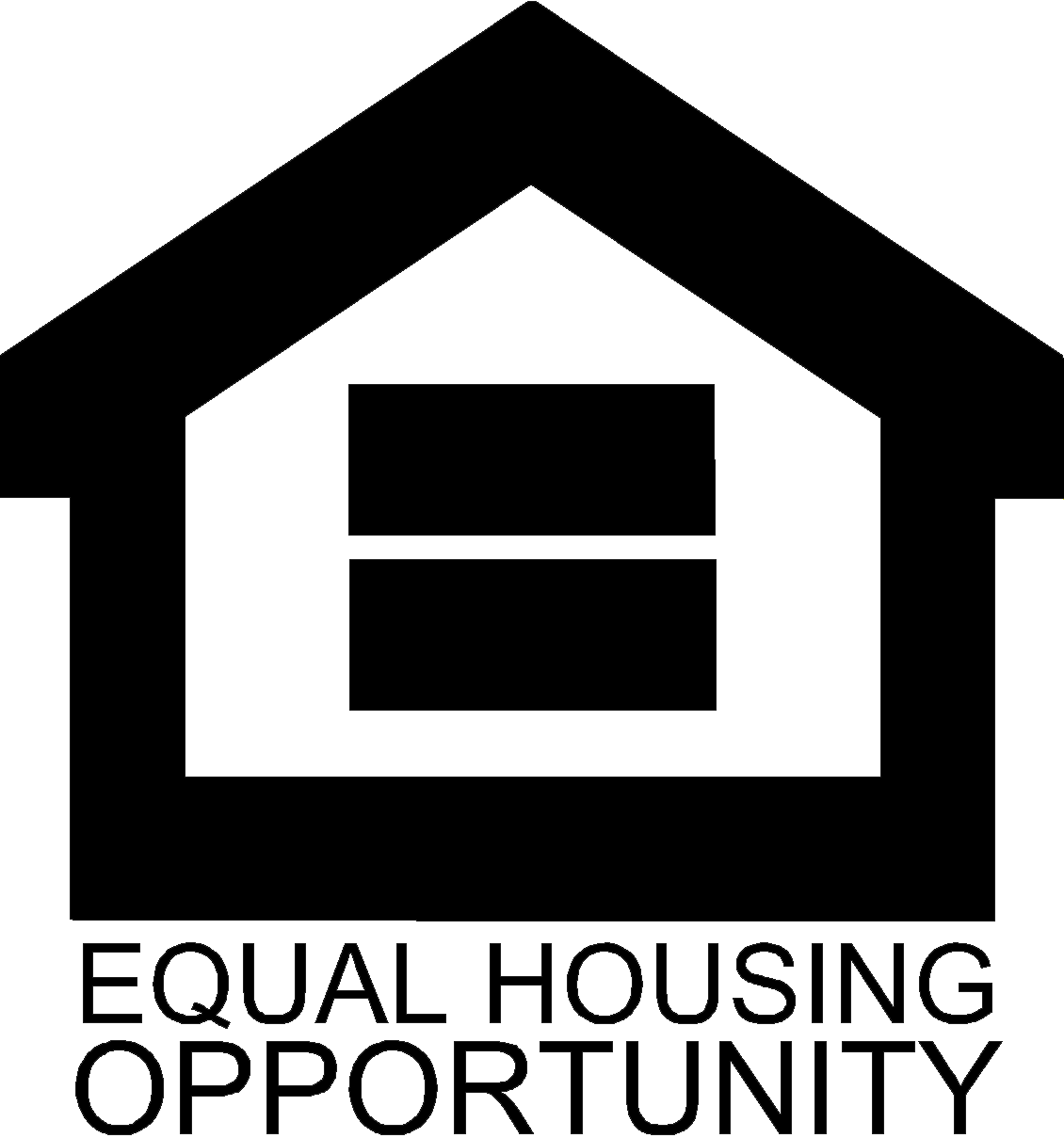It doesn’t matter how prepared or excited you are; moving is stressful. If you can put your tenants at ease as they’re moving into or out of your rental property, you’re providing a high standard of customer service, and your renters will remember that.
Our years of experience in Greenville property management experience can help you put together a system that works for you and your residents. Pay attention to these tips while providing an efficient and effective move-in and move-out process.
Moving In: Tenants Want a Clean Property
Before your tenant moves in, conduct a complete inspection of the property to make sure there aren’t any last-minute repairs that are needed. You’ll want to turn on all the faucets and check for leaks under sinks. Test each outlet. Run the appliances and turn on the heat and the air conditioning.
Most importantly, have the home professionally cleaned. You are going to expect your tenants to return a clean home to you at the end of the lease, and you’re the one setting the standard. Make sure every surface has been scrubbed. Tenants won’t feel at ease if they have to clean the home they’re moving into.
Finally, document the condition of the home with a detailed inspection report and photos of everything. You may want to walk through the home with your tenant. Show them how everything works. For example, they’ll need to know where to turn off the water and how to reset the garbage disposal. This will make them feel better about their move.
Moving In: Discuss the Lease Agreement
It’s also important that you go over the terms of the lease with your tenant. Most landlords and property managers are now doing everything electronically. You can send your tenants an electronic copy of the lease to sign. Just make sure you’re available to answer any questions they might have about their responsibilities.
Explain all of those really important parts of the lease. Talk about rent collection policies and the consequences of not paying on time. You’ll also want to discuss what they are expected to do in terms of keeping the property clean and well-maintained. Discuss who is responsible for utilities, pest control, and landscaping. Even if this information is in the lease – you should go over it with your tenants to ensure there isn’t any confusion.
Moving Out: Responsibilities and Expectations
You’ll probably approach the tenants as the end of the lease draws near to find out if they’re interested in renewing. If they aren’t going to stay, ask for their notice to vacate in writing. Then, you should send them a list of your expectations before they leave. This might include having the property professionally cleaned or the carpets steam cleaned. You’ll want the keys back and a forwarding address. Provide specific instructions so tenants aren’t left wondering what to do.
Moving Out: Returning the Security Deposit
 After a tenant has moved out, you’ll conduct another inspection and you’ll compare the condition of the property at that time to the condition the home was in before the tenants took possession. Remember that normal wear and tear is to be expected, and you cannot hold the tenants accountable for it. Those small nail holes in the walls and scuff marks from furniture are normal.
After a tenant has moved out, you’ll conduct another inspection and you’ll compare the condition of the property at that time to the condition the home was in before the tenants took possession. Remember that normal wear and tear is to be expected, and you cannot hold the tenants accountable for it. Those small nail holes in the walls and scuff marks from furniture are normal.
Damage, however, can be deducted from the security deposit. If you’re going to withhold all or part of the deposit, prepare an itemized list of what the money was spent on and why the tenant is responsible for it. South Carolina landlord tenant law requires you to return that deposit within 30 days of the end of the tenancy.
These are just a few of the things you can do to ensure the moving in and moving out systems work for both you and your tenants. For further ideas, contact us at Letts Property Management. We’d be happy to help.



